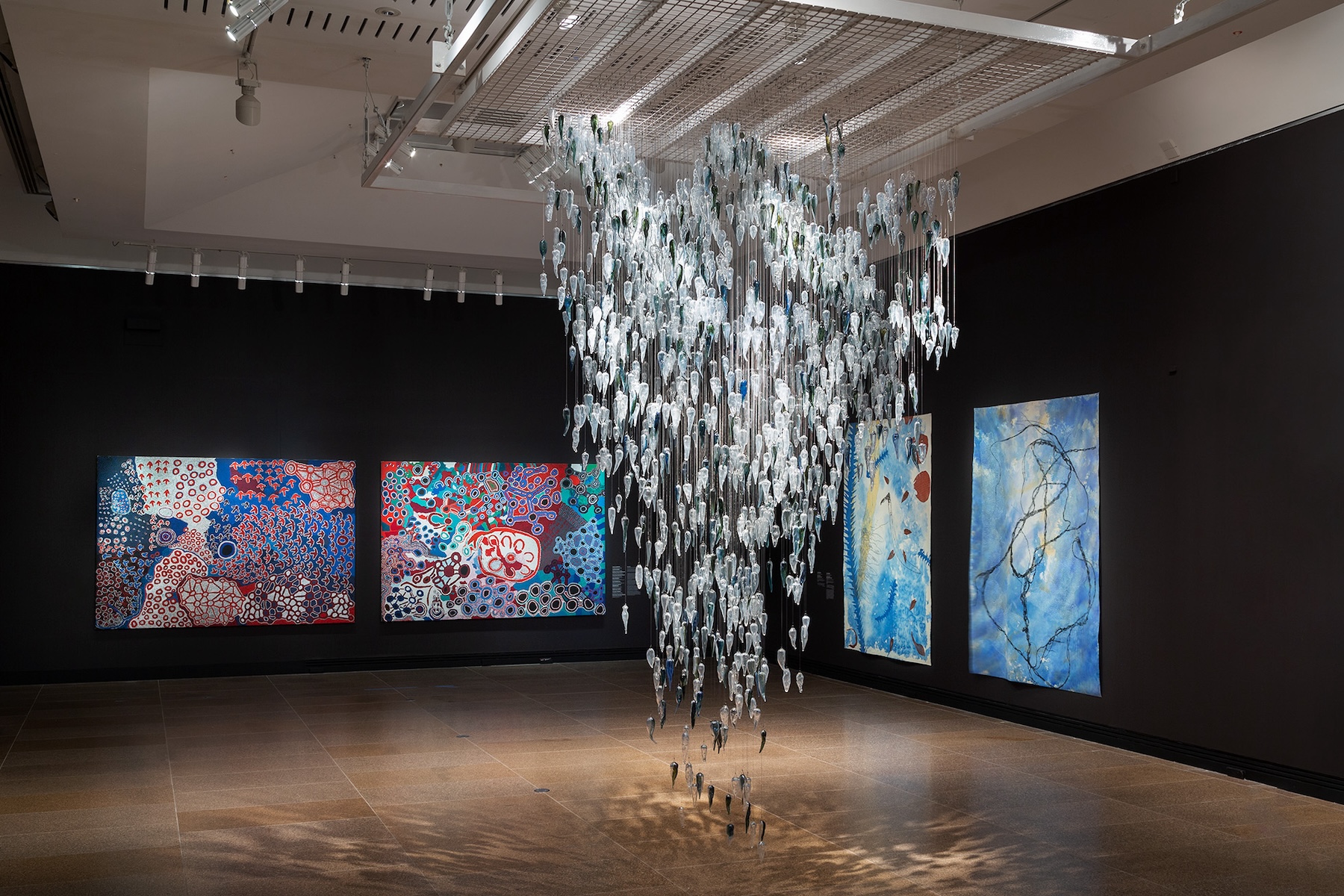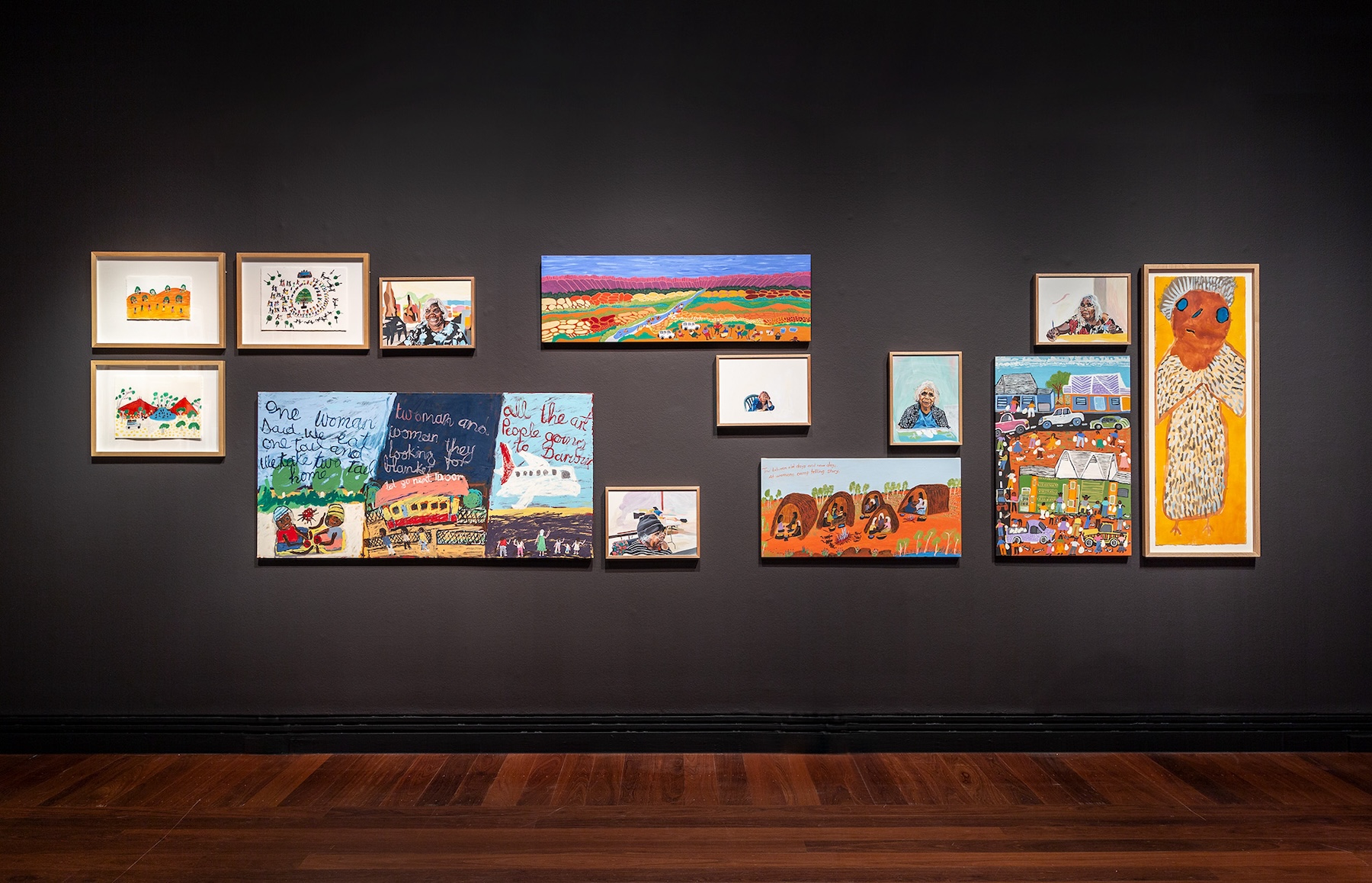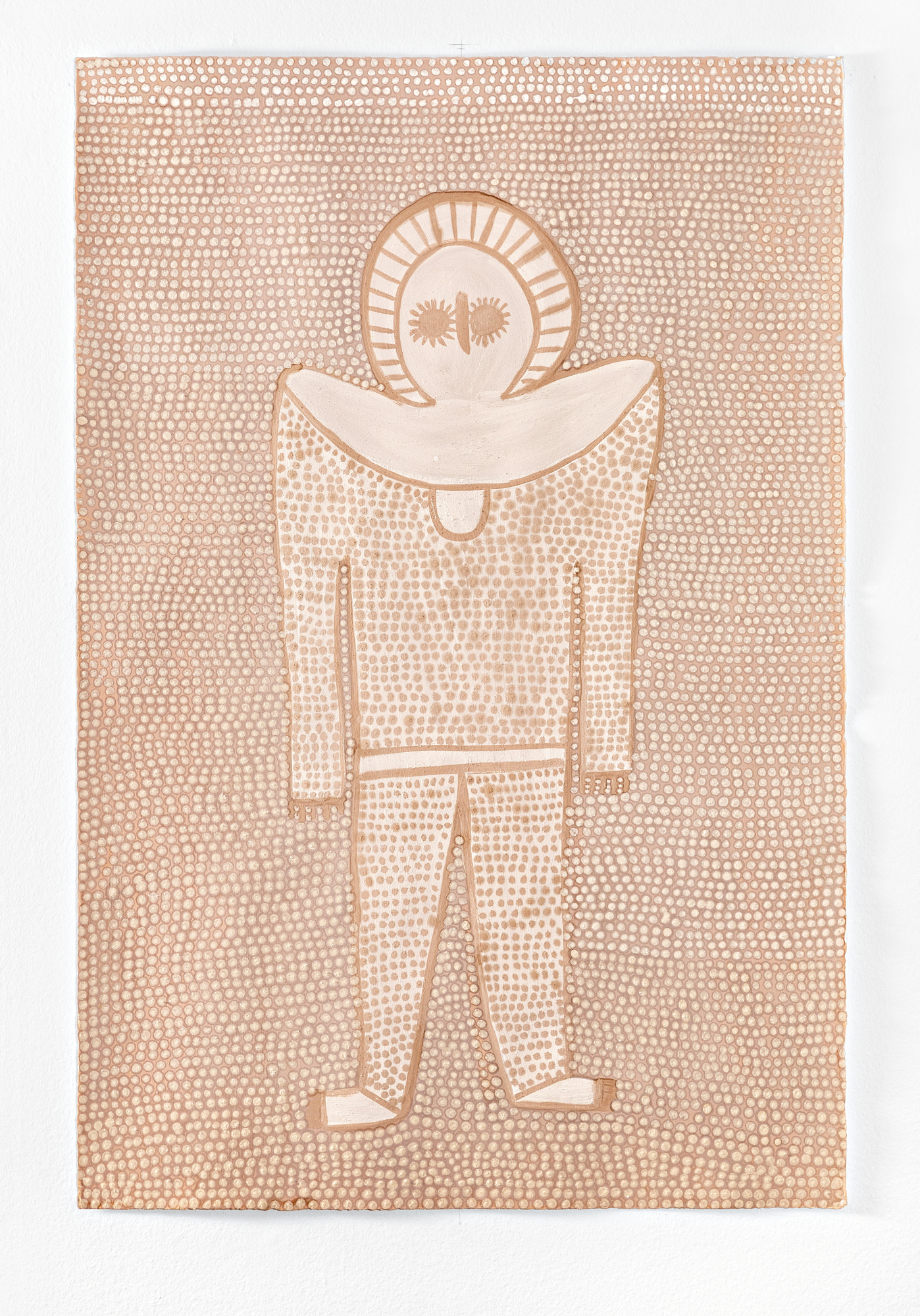Tarnanthi revisits ‘monumental’ works and rising stars in 10-year celebration
A decade since its debut, Tarnanthi Festival of Aboriginal and Torres Strait Islander Art continues to celebrate the diversity and strength of First Nations art in Australia.

Over the past ten years Tarnanthi Festival of Aboriginal and Torres Strait Islander Art has established itself as one of the state’s most significant arts events, featuring several important exhibitions across the state with the Art Gallery of South Australia (AGSA) at the centre.
This year’s flagship exhibition at AGSA, titled Too Deadly, Ten Years of Tarnanthi, brings together more than 200 works that have featured throughout the ten years of the festival and are now part of AGSA’s permanent collection. Viewing these works together highlights the importance of Tarnanthi and its contribution to promoting and supporting First Nations art.
Many of the pieces on display are groundbreaking, reflecting the festival’s core values of respect, deep listening, sustained collaborations, and enduring relationships. Jason Smith, the Director of AGSA, states, “Tarnanthi has thrived because it places Aboriginal and Torres Strait Islander artists at the heart of all its ambitions.”
Tarnanthi showcases highly regarded First Nations artwork from communities and artists across the entire country, making it unique by representing a diverse range of voices and stories under one roof. Smith describes it as “an incredible and emotional experience of First Nations arts and culture.”
While it’s challenging to select standout pieces from a decade of highlights, the monumental installation Kuḻaṯa Tjuṯa (Many Spears), featured in the 2017 Tarnanthi Festival, deserves special mention. Aṉangu cultural leaders and artists from the Aṉangu Pitjantjatjara Yankunytjatjara Lands launched this work with a moving Inma performance, further emphasising its importance.
You might like

The installation consists of 551 kulata (spears) suspended from the ceiling in an explosive cloud formation. It references the Maralinga nuclear weapons testing that occurred between 1953 and 1963 and its impact on Aṉangu. Through the ongoing Kuḻaṯa Tjuṯa project senior Aṉangu artists and leaders share cultural knowledge and skills with younger generations. The installation encapsulates what Tarnanthi represents.
"It’s not just about the big stars. It’s about rising to be a big star."
Yhonnie Scarce’s installation, Thunder Raining Poison, which was showcased at the inaugural Tarnanthi Festival in 2015, also references Maralinga. This work is part of the National Gallery of Australia’s collection, but it was important to include it in this exhibition because it was specifically commissioned for the 2015 Festival. Scarce, who was born in Woomera, has a profound understanding of the impact that the tests had on Aboriginal people. She created this remarkable installation, featuring 2,000 individually blown glass bush yams, to symbolise one of the bomb clouds dissipating.
Subscribe for updates

Other notable works include the moving paintings by Kartujarra artist Bugai Whyoulter, which depict the seasonal changes of her country, Wantili (Warntili, Canning Stock Route Well 25). Angelina Karadada Boona’s Wandjina Emerging, featured in Tarnanthi 2021, consists of subtle ochre paintings on paper that offer a contemporary interpretation of the Kimberley tradition of Wandjina rock art. Additionally, Ryan Presley’s Blood Money –featured in 2019 – offers an alternative history by replacing existing banknote portraits with those of significant Aboriginal Australians.

The festival owes much of its success to the leadership of Artistic Director Nici Cumpston, who returned from her new role as Director of the Kluge-Ruhe Aboriginal Art Collection to be part of this year’s festival. As an artist herself, Cumpston has been instrumental in leading the festival over the past decade, recognising the opportunities that Tarnanthi provides for the artists involved. She emphasises, “It’s not just about the big stars. It’s about rising to be a big star. I feel like we’ve really tried hard over the years to give people a chance to experience this opportunity.”
Alongside the major exhibition is a programme of state-wide exhibitions and events across twenty-five partner venues, and an in-person Tarnanthi Art Fair, which was held over the opening weekend and drew 4,225 attendees and generated $920,583 in sales.
Ahead of the inaugural Tarnanthi Festival in 2015, Cumpston expressed her excitement about showcasing the breadth of Aboriginal art. “I really don’t think people are aware of just how diverse it is and how awe-inspiring it is,” she said. Tarnanthi set out to expand the audience for Aboriginal art and create more opportunities for artists and art centres to exhibit and sell their work. Over the past ten years, it has achieved this goal and much more.
Too Deadly: Ten Years of Tarnanthi continues until January 18 at the Art Gallery of South Australia.

